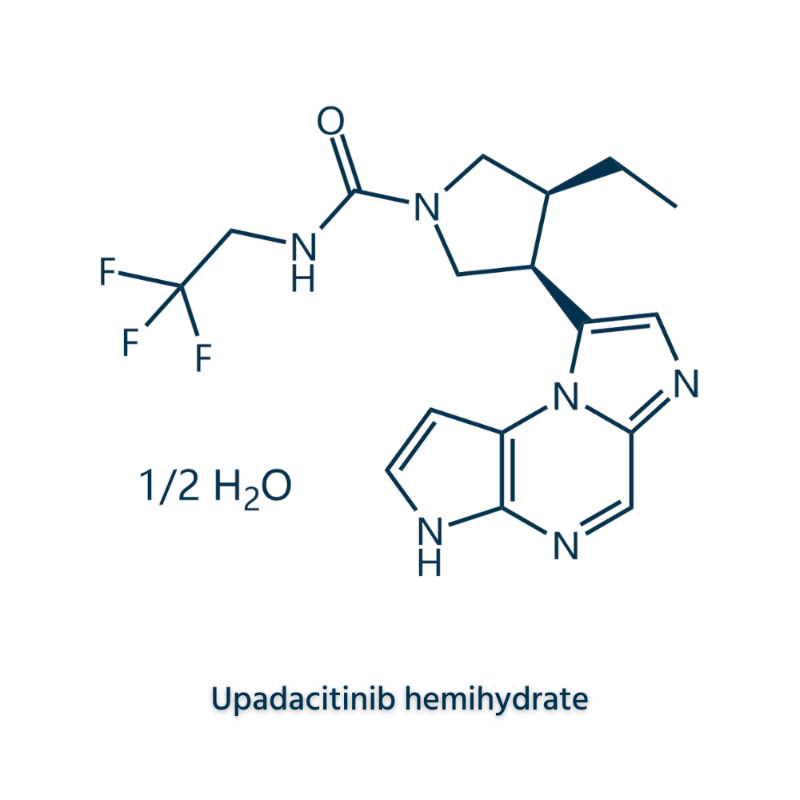-
Categories
-
Pharmaceutical Intermediates
-
Active Pharmaceutical Ingredients
-
Food Additives
- Industrial Coatings
- Agrochemicals
- Dyes and Pigments
- Surfactant
- Flavors and Fragrances
- Chemical Reagents
- Catalyst and Auxiliary
- Natural Products
- Inorganic Chemistry
-
Organic Chemistry
-
Biochemical Engineering
- Analytical Chemistry
-
Cosmetic Ingredient
- Water Treatment Chemical
-
Pharmaceutical Intermediates
Promotion
ECHEMI Mall
Wholesale
Weekly Price
Exhibition
News
-
Trade Service
Cancer cells are known to have different metabolic activities than normal cells
.
Therefore, targeting cancer-related metabolic pathways has become an effective way to treat cancer
Recently, a research team from Indiana University School of Medicine published a research paper entitled: Tumor collection/processing under physioxia uncovers highly relevant signaling networks and drug sensitivity in Science Advances, a sub-journal of Science .
Science AdvancesScience Advances Tumor collection/processing under physioxia uncovers highly relevant signaling networks and drug sensitivityThe study showed that in preclinical studies, most of the cultured cancer cells were in a relatively high air oxygen concentration (21% oxygen concentration), while in reality tumors in vivo are usually in a hypoxic state (1%-2% oxygen concentration), This difference in oxygen concentration largely affects the sensitivity of cancer cells to targeted drugs
.
Preclinical studies of primary tumors are usually cultured under conditions of air oxygen concentration (21%), however, the oxygen concentration in organs is usually 3-10%, and most tumors are hypoxic or 1% -2% oxygen environment
.
A number of studies have previously noted the effect of oxygen concentration on the properties of tumor cells grown in vitro, but these studies were conducted after tumors were first collected and treated in air
Dr.
Harikrishna Nakshatri, the corresponding author of the study and a professor at Indiana University, said: "Oxygen levels in almost every part of our body are less than half the oxygen concentration in air, and oxygen concentration has different effects on the function of different proteins in tumors
Oxygen has a pivotal effect on the physiological activities of cells, and the same protein may have different physiological activities under different oxygen concentrations - they may be activated, lost or reduced activity, or may not change at all
.
Therefore, if the sensitivity of tumors to drugs can be tested in a way that is closer to the state of the tumor in vivo, the corresponding preclinical studies will better reflect the real efficacy
The experimental flow chart of this study, physioxia: physiological hypoxia; ambient: air oxygen concentration
Experimental flow chart of this study, physioxia: physiological hypoxia; ambient: air oxygen concentration Experimental flow chart of this study, physioxia: physiological hypoxia; ambient: air oxygen concentrationThe research team tested three different drugs on two different types of tumors
.
They split the tumor cultures in two, growing one part at 5 percent oxygen and the other at air oxygen (21 percent), and tested both for their sensitivity to the drug
The researchers found that primary tumors collected, processed, and cultured in a hypoxic environment with 5% oxygen concentration compared to air oxygen concentration exhibited distinct differences in key signaling pathway networks, including LGR5/WNT, YAP and NRF2/KEAP1, nuclear reactive oxygen species types, alternative splicing, and sensitivity to targeted therapy
.
Effects of Different Oxygen Concentrations on the Signaling Network of Primary Tumors During Collection and Culture
Effects of Different Oxygen Concentrations on Their Signaling Networks During Primary Tumor Collection and CultureIn short, in different oxygen concentration environments, the physiological state of tumor cells and the level of sensitivity to drugs are different!
In this regard, Professor Harikrishna Nakshatri said: "Our study now raises more questions that need to be answered
.
Why do tumor cells respond differently to drugs under different oxygen concentrations? Are our previous methods of screening anti-cancer drugs correct? If We screen drugs at physiological oxygen levels, can we find more effective anticancer drugs?"
Cancer cells at low and air oxygen concentrations show different levels of additional cell surface markers
Cancer cells at low oxygen concentration and air oxygen concentration show different levels of additional cell surface markers Cancer cells at low oxygen concentration and air oxygen concentration show different levels of additional cell surface markersJudging from the results of this study, the preclinical research experiments conducted by medical scientists under the air oxygen concentration of 21% over the years may have missed some anticancer drugs that had good curative effect on tumors.
Drugs that are ineffective against tumors under conditions
.
Different growth characteristics of tumor cells under low oxygen concentration and air oxygen concentration
The growth characteristics of tumor cells under low oxygen concentration and air oxygen concentration are differentThe research team plans to continue to study how tumors respond differently to other different oxygen levels
.
Professor Harikrishna Nakshatri said that assuming we have identified an effective anti-cancer drug at air oxygen levels, another trial in the laboratory would need to be added to re-validate the drug's effectiveness at physiologically low oxygen levels
Revalidation of this drug at physiological hypoxia levels
Original source:
Original source:BRIJESH KUMAR, et al.
Tumor collection/processing under physioxia uncovers highly relevant signaling networks and drug sensitivityLeave a comment here







